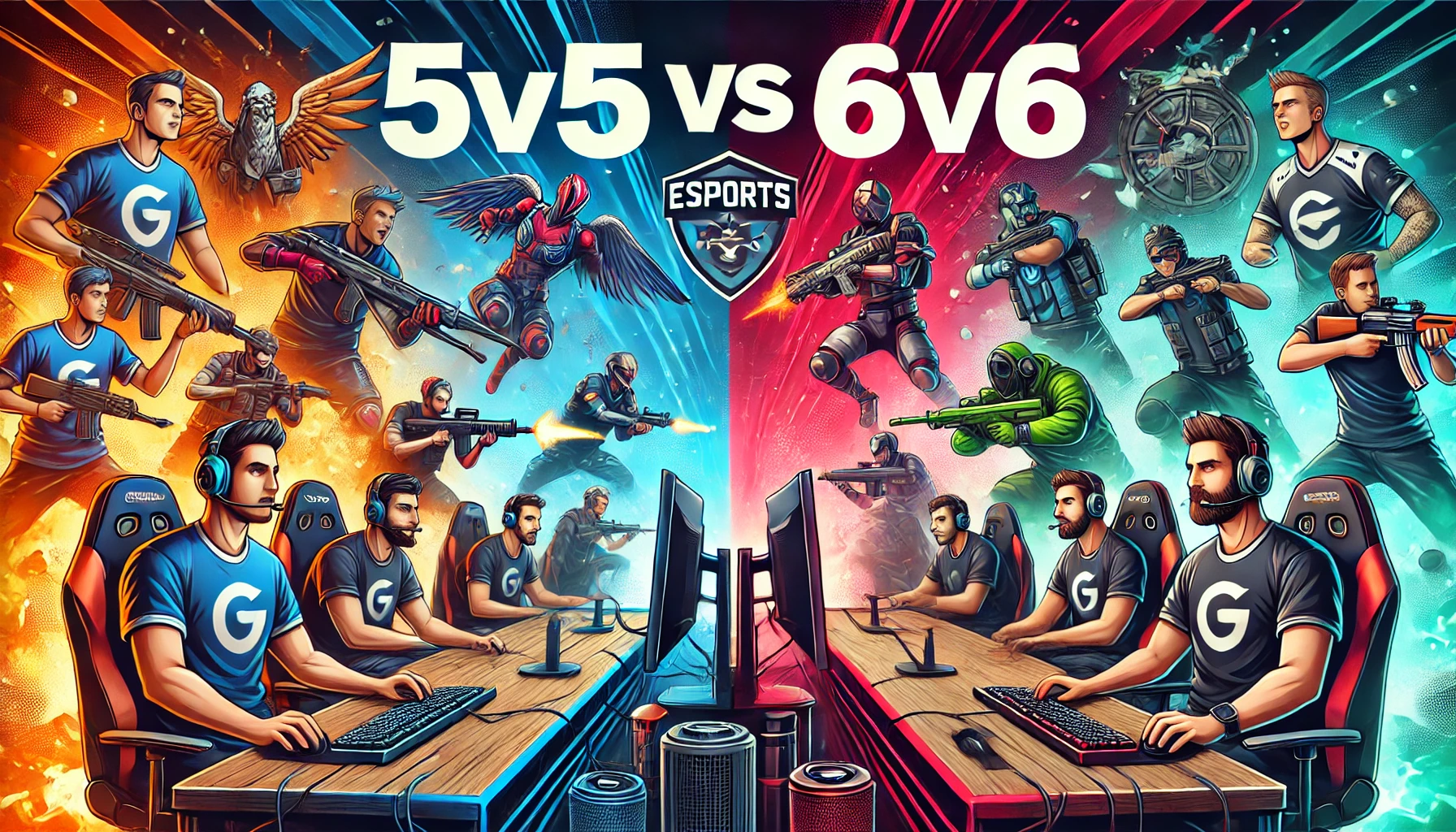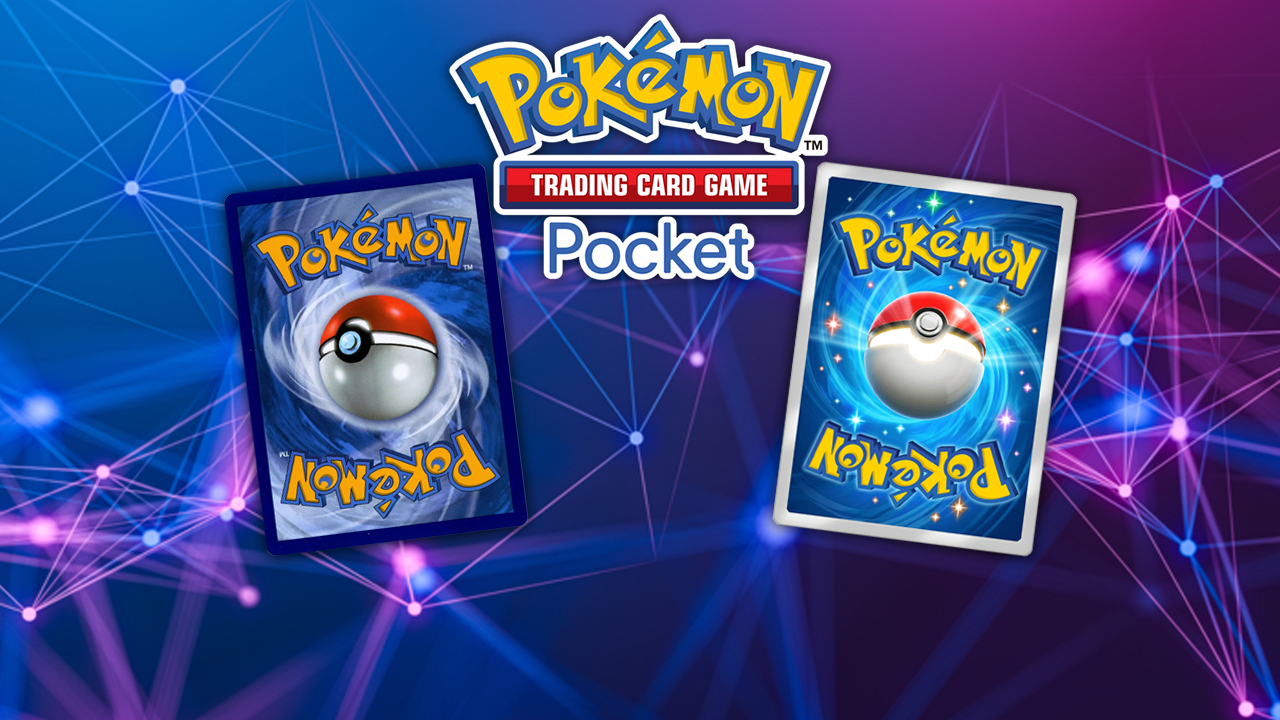5v5 vs 6v6: A Comprehensive Debate and Comparison
The debate between 5v5 vs 6v6 gaming formats has been a hot topic in the gaming community for years. Both formats have their unique advantages and challenges, influencing everything from team dynamics to competitive strategies. This comprehensive blog will delve into the key aspects of the 5v5 and 6v6 formats, providing a detailed comparison, insights into their impact on esports, and strategies to excel in both settings.
Understanding 5v5 vs 6v6
The 5v5 and 6v6 formats are foundational to many competitive games, shaping how teams are structured and how games are played. Each format offers a different experience, impacting gameplay, strategy, and the overall gaming experience.
Key Differences Between 5v5 and 6v6:
- Team Size: The most obvious difference is the number of players on each team. 5v5 involves five players per team, while 6v6 includes six.
- Gameplay Dynamics: The dynamics of gameplay, including positioning, roles, and strategies, vary significantly between the two formats.
- Strategic Depth: Each format offers different levels of strategic depth, affecting how teams approach their objectives and interact with their opponents.
The 5v5 vs 6v6 Debate
The 5v5 vs 6v6 debate revolves around which format offers a better competitive experience. Proponents of each format highlight various aspects that they believe make one superior to the other.
Arguments for 5v5:
- Simplicity: With fewer players, 5v5 games are often simpler to manage, both for players and spectators.
- Clarity: The reduced number of players makes it easier to follow the action and understand the strategies being employed.
- Individual Impact: In 5v5 games, individual player performances can have a more significant impact on the outcome of the match.
Arguments for 6v6:
- Depth: The additional player in 6v6 formats adds a layer of strategic depth, allowing for more complex strategies and teamwork.
- Versatility: 6v6 formats can accommodate a wider variety of roles and playstyles, making the game more versatile.
- Team Dynamics: The extra player fosters more intricate team dynamics and coordination, enhancing the collaborative aspect of the game.
5v5 Gaming Format
The 5v5 gaming format is widely popular across various competitive games, including MOBAs (Multiplayer Online Battle Arenas) like League of Legends and tactical shooters like Counter-Strike: Global Offensive.
Key Features of 5v5 Format:
- Roles and Responsibilities: In 5v5 games, each player typically has a specific role, such as carry, support, tank, or damage dealer.
- Strategy: Teams often rely on well-coordinated strategies, with clear objectives and defined roles for each player.
- Map Control: Controlling key areas of the map is crucial in 5v5 games, requiring precise coordination and communication.
Popular 5v5 Games:
- League of Legends: A MOBA where two teams of five players compete to destroy the opposing team’s Nexus.
- Counter-Strike: Global Offensive: A tactical shooter where two teams of five players compete to complete objectives or eliminate the opposing team.
6v6 Gaming Format
The 6v6 format is also prevalent in competitive gaming, particularly in games like Overwatch, which emphasizes team-based strategies and diverse character roles.
Key Features of 6v6 Format:
- Diverse Roles: With six players, teams can have more specialized roles, allowing for greater tactical flexibility.
- Complex Strategies: The additional player adds complexity to strategies, enabling more nuanced plays and counterplays.
- Team Synergy: Success in 6v6 games often hinges on strong team synergy and effective communication.
Popular 6v6 Games:
- Overwatch: A team-based shooter where two teams of six players compete to secure objectives using a diverse roster of heroes.
- Team Fortress 2: A class-based shooter where two teams of six players compete in various game modes.
5v5 vs 6v6 in Esports
The impact of the 5v5 vs 6v6 debate is particularly significant in the esports scene. The choice of format can influence the dynamics of competitive play, the structure of tournaments, and the strategies employed by professional teams.
Impact on Esports Teams:
- Team Composition: The number of players affects how teams are composed, with different roles and responsibilities in each format.
- Training and Coordination: Training regimens and coordination practices vary between 5v5 and 6v6 teams, reflecting the distinct demands of each format.
- Viewer Experience: The format can influence the viewer experience, with 5v5 games often being more accessible and 6v6 games offering more strategic depth.
5v5 Esports Teams:
- Team Liquid (League of Legends): Known for their strategic prowess and coordination in 5v5 matches.
- Astralis (Counter-Strike: Global Offensive): Renowned for their tactical gameplay and dominance in 5v5 competitions.
6v6 Esports Teams:
- San Francisco Shock (Overwatch): A top-tier team celebrated for their synergy and strategic depth in 6v6 matches.
- Team Fortress 2 Competitive Teams: Various teams compete in the 6v6 format, showcasing diverse strategies and teamwork.
Strategies for 5v5 vs 6v6 Competitive Gaming
Mastering the 5v5 and 6v6 formats requires an understanding of the unique strategies and gameplay elements specific to each format. Here are some strategies to excel in both settings:
Strategies for 5v5 Gaming:
- Focus on Objectives: In 5v5 games, controlling key objectives and map areas is crucial.
- Clear Communication: Effective communication ensures that all team members are on the same page, coordinating their actions.
- Individual Skill: Leveraging individual skills to outplay opponents can turn the tide in 5v5 matches.
Strategies for 6v6 Gaming:
- Team Synergy: Strong synergy between team members is essential for executing complex strategies.
- Role Specialization: Each player should master their specific role, contributing to the overall team strategy.
- Adaptability: Being able to adapt to changing circumstances and opponent strategies is vital in 6v6 games.
The Future of 5v5 vs 6v6 in Competitive Gaming
The future of the 5v5 vs 6v6 debate will likely be shaped by the evolving landscape of competitive gaming. As new games emerge and existing games evolve, the preferences and dynamics of the community may shift.
Potential Developments:
- Emergence of Hybrid Formats: Some games may experiment with hybrid formats that combine elements of both 5v5 and 6v6.
- Increased Customization: Games might offer more customization options, allowing teams to choose their preferred format based on the context.
- Community Influence: The preferences and feedback of the gaming community will play a crucial role in determining the popularity and viability of each format.
Conclusion
In conclusion, the 5v5 vs 6v6 debate is a central topic in the world of competitive gaming. Each format offers unique advantages and challenges, influencing everything from team dynamics to strategic depth. Whether you prefer the simplicity and clarity of 5v5 or the complexity and versatility of 6v6, understanding the nuances of both formats can enhance your gaming experience.
For more insights into gaming strategies and educational resources, visit Regent Studies. Additionally, you can explore more about competitive gaming and the impact of different formats on this external resource.
By delving into the intricacies of the 5v5 vs 6v6 debate, you can gain a deeper appreciation for the strategic elements that make each format unique. Whether you’re a player, a spectator, or a strategist, mastering the nuances of both formats can elevate your understanding and enjoyment of competitive gaming.



